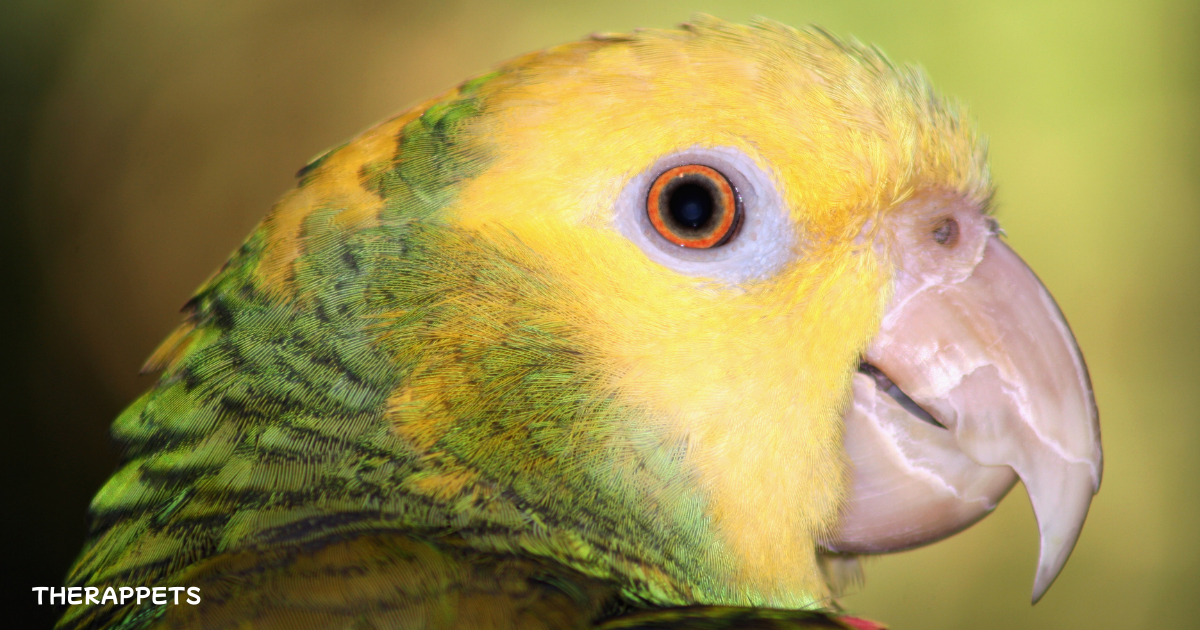Parrot-assisted speech therapy is an innovative approach that helps individuals regain speech through interaction with parrots. These intelligent birds mimic human speech, creating a motivating and engaging therapy experience. But how effective is this method? Let’s explore the science, benefits, and real-world applications of using parrots in speech therapy.
For more on how therapy animals assist with healing, visit our Animal-Assisted Therapy Guide.
How Does Parrot-Assisted Speech Therapy Work?
Parrots, especially species like African Greys and Amazons, are known for their ability to imitate human speech. When integrated into speech therapy, they encourage individuals to practice speaking through:
- Repetition and Reinforcement: The parrot mimics words, prompting the patient to repeat them.
- Engaging Interaction: Parrots provide a fun and non-judgmental environment, unlike traditional therapy.
- Cognitive Stimulation: Hearing and responding to a parrot strengthens speech-related brain functions.
Learn more about other effective therapy techniques in our animal-assisted therapy article.
Who Can Benefit from This Therapy?
Parrot-assisted speech therapy is particularly beneficial for individuals with:
- Stroke Recovery: Patients regaining speech after a stroke find motivation through engaging with a parrot.
- Autism Spectrum Disorder: Children with autism benefit from structured verbal interactions.
- Speech Disorders: Those with stuttering or apraxia improve their pronunciation through imitation.
For insights on therapy animals aiding autism support, visit this article.
Scientific Evidence Behind Parrot-Assisted Speech Therapy
Research has shown that animal-assisted therapy enhances cognitive and emotional well-being. In a 2020 study, patients participating in parrot-based therapy sessions showed increased verbal responses compared to traditional methods. The presence of an animal also reduces anxiety, making speech practice less stressful.
Discover more about therapy animals’ impact on mental health in this post.
How to Get Started with Parrot-Assisted Speech Therapy
If you’re interested in trying this therapy, consider the following steps:
- Find a Certified Therapist: Look for a speech therapist experienced in animal-assisted therapy.
- Choose the Right Parrot: African Greys, Amazons, and Budgerigars are excellent choices.
- Practice Daily Interaction: Consistency is key in speech recovery.
- Monitor Progress: Keep track of improvements in speech clarity and confidence.
For more therapy techniques, check out our in-depth guide.
Conclusion
Parrot-assisted speech therapy is a promising method for speech recovery, combining the benefits of animal companionship with speech rehabilitation. Whether recovering from a stroke, dealing with a speech disorder, or looking for an engaging therapy method, parrots may offer the support you need.
Interested in learning about other unique therapy animals? Read about lovebirds as emotional support pets.

